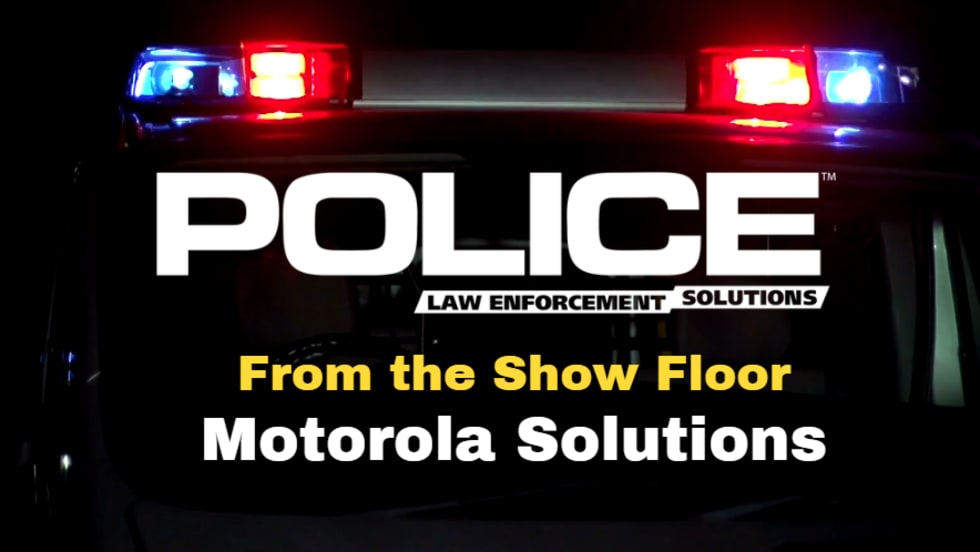The police badge as a symbol of authority and identification is 19th century technology. The business card, another tool that officers use to communicate information to contacts, is 20th century technology. Jim Kinsey, CEO of Police Smart Card, says it’s time law enforcement officers started identifying themselves with 21st century technology.
Police Smart Card’s namesake product uses Near Field Communication (NFC)—the technology used by Apple Pay—and QR codes to send essential information about the officer and the incident to the contact’s phone. The card itself is a plastic ID card that can be worn in a clear flex holder. It shows the agency, the officer’s name, the officer’s rank, and the officer’s badge number. The contact can scan the QR code on the card or use NFC to capture that information and more on their phone. Some of the information the contact will receive is the incident report number if applicable, citation information if applicable, and the contact information for the officer.













